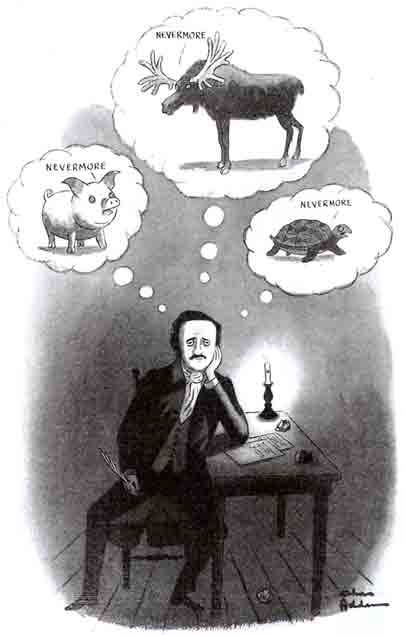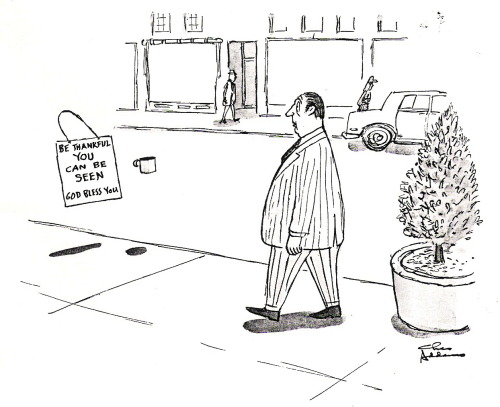So, the past few weeks I haven't been blogging because I've been part of a case staff going to trial. The jury is still deliberating as of this writing, so though my role in the whole operation is over, the operation itself is not.
Being in 'law mode', therefore, has led me
to an interesting article by Jeffrey Rosen in The New Republic reviewing Supreme Court Justice Stephen Breyer's new book
Making Democracy Work. Now, I like Justice Breyer. He seems like one of the nicest justices on the Court. I respect that for the past few years he's been taking strides to find a way to counter Justice Scalia's thoroughly expounded originalism. However, he's dead wrong in almost all his opinions, and Mr. Rosen is dead wrong in his softhanded, uncritical approach to Breyer's clear inconsistency.
The biggest argument against originalism is that, by its nature, it puts too much power in the hands of a small group of judges to determine what some people writing hundreds of years ago thought about something. Or, even more difficult, is Scalia's version: that the Constitution should be interpreted in light of what the common people believed it to have meant at the time of ratification. How on earth could someone decipher what a common person thought in 1787, let alone common people? Instead, originalists use clues from writings of the time and early legal interpretations. It's certainly not perfect, but it's workable. It also limits the reach of the Constitution, which inarguably was construed in a very limited manner upon ratification.
Though originalism tends to comport with a conservative (or libertarian) view of the role of government in society, it is unfair to say that it's a 'conservative' philosophy in the sense that by being 'conservative' it exists for partisan political ends. Originalism would exist without the Republican party, and absent a coherent school of originalist thought, the Republican party would survive with a less nuanced judicial interpretation.
Breyer's judicial philosophy seems to come from something else. It is strangely reactive, seemingly trying to find a way to make the square peg of liberal political preferences fit into the round hole of the Constitution. That's not to say that all liberal political positions are unconstitutional, but it is to say that Breyer is trying to create a framework in which all are constitutional without question.
Even so, taking Justice Breyer's purported philosophy at face value is what should be done. His motivations for concocting it shouldn't discount how right or wrong he is (no
ad hominem here!).
Rosen, in his review, summarizes Breyer's view:
Breyer persuasively acknowledges the Court’s inability to act unilaterally by arguing that it should consider—and often defer to—the institutional views of the President and Congress in deciding cases. Here Breyer shows an appealing humility, which contrasts with the grandiosity of originalist judges who believe they have a unique ability to discern the one and true meaning of the Constitution, and to put the other branches in their place.
Rosen here is wrong here at best, demagogic at worst. In fact, originalists judges constantly explain the need to defer to the other branches, not because of their institutional existence (as Rosen posits Breyer does), but because of their very reason for existence. Congress should always get deference, because Congress embodies the very democracy our nation purports to have. When Congress passes a law, the presumption is that it is a law of the people, interpreted in a way such as the people intend it to be interpreted. What nine guys in robes think should hold very little water to that.
That said, however, all judges will agree with this point: when Congress acts in a way forbidden to it by the Constitution, judges should strike down those acts. Scalia is all for that in many cases. Breyer is, too (
Boumediene v. Bush, anyone?), just not the same cases as Scalia. To act as though originalists simply disregard the other branches while 'living constitutionalists' don't is ridiculous.
What's frightening about Breyer's interpretation, however, is made in a point I referenced earlier. Breyer believes that Congress deserves deference simply because it is a branch of government. While structurally this is true, this view is in direct opposition to what Rosen claims is Breyer's great strength: active democracy and citizen participation is at the heart of judicial interpretation. If there is one thing that liberal jurisprudence has given this nation, it is a series of decisions that have been against the public will. While the American people will say that abortion should be available but severely limited, flag-burning should be illegal, guns should be legal, and prayer should be allowed in public places, Breyer and his adherents would step right over them, strangely inviting them to participate in the process only to strike down their democratically-achieved Constitutional interpretation. And I'm not saying that he might do that in the future--I'm saying that in many decisions, he already has. Originalists have as well, but their reasonings for going against public opinion are based on an unwavering and discernable constitutional standard. Breyer's is based on how he feels at the moment. Which one would you trust to make the right choice?
And that's why I doubt Breyer--and judicial liberals for that matter--will ever find a coherent philosophy. You cannot say that deference should be given to people in a democracy when the views of the people are only allowed when liberal judges agree. And alternatively, you cannot say that Congress gets deference simply because Congress exists.
So, to end my stream-of-conscious rambling, I will say that I doubt Breyer's philosophy will be more than a blip in the big scheme of judicial understanding. He's grasping at straws, and however much writers like Jeffrey Rosen want to give deference to Breyer, my inclination is to give more deference to those who have given me a basis of belief that's more solid than one man's ever-changing feelings.



























